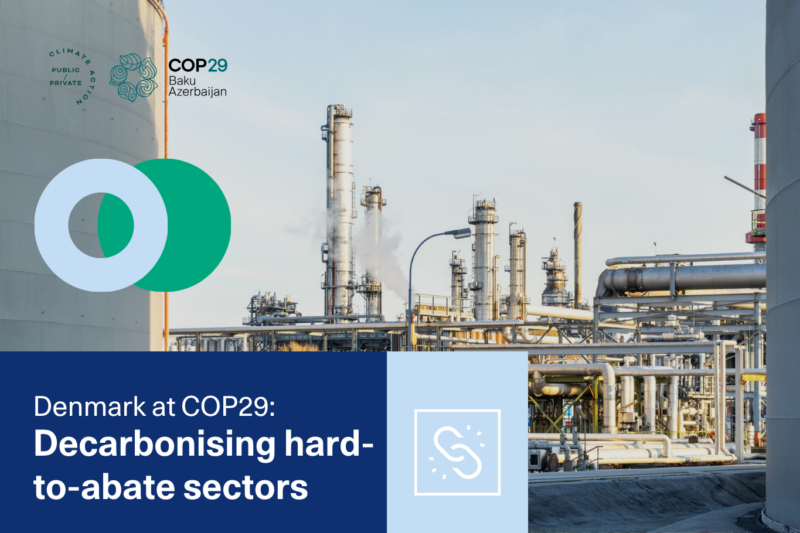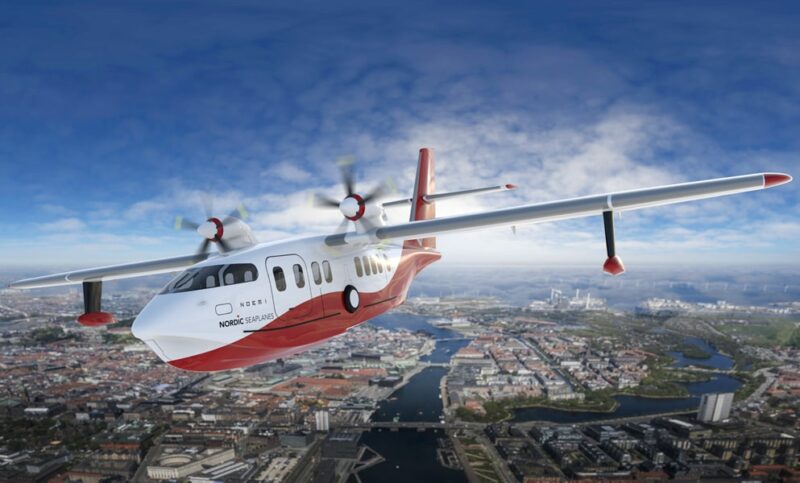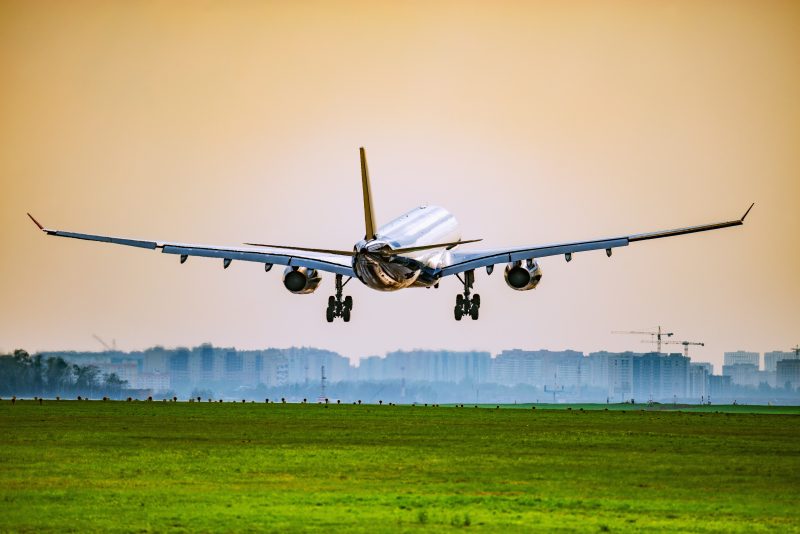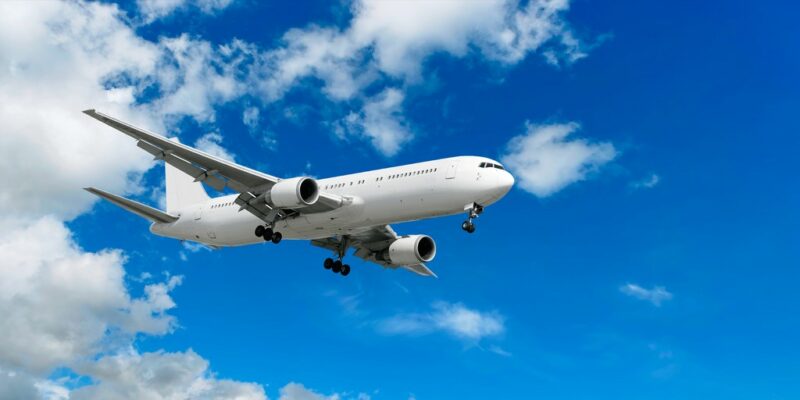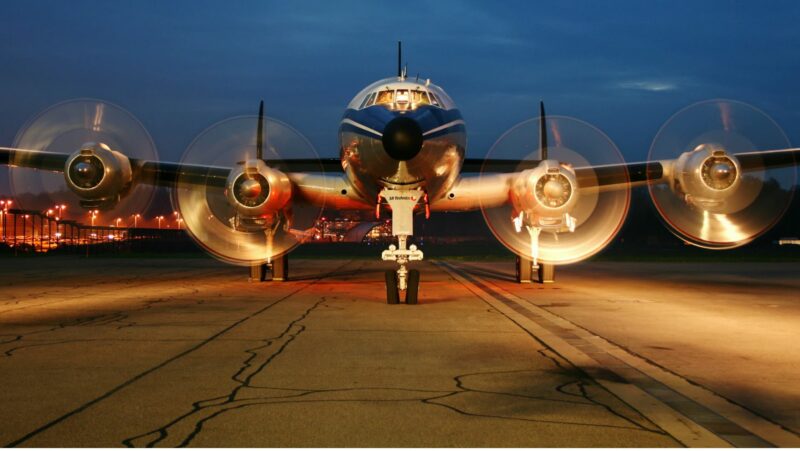News
Aviation
Manure takes to the skies: Danish green aviation fuel can soon become reality
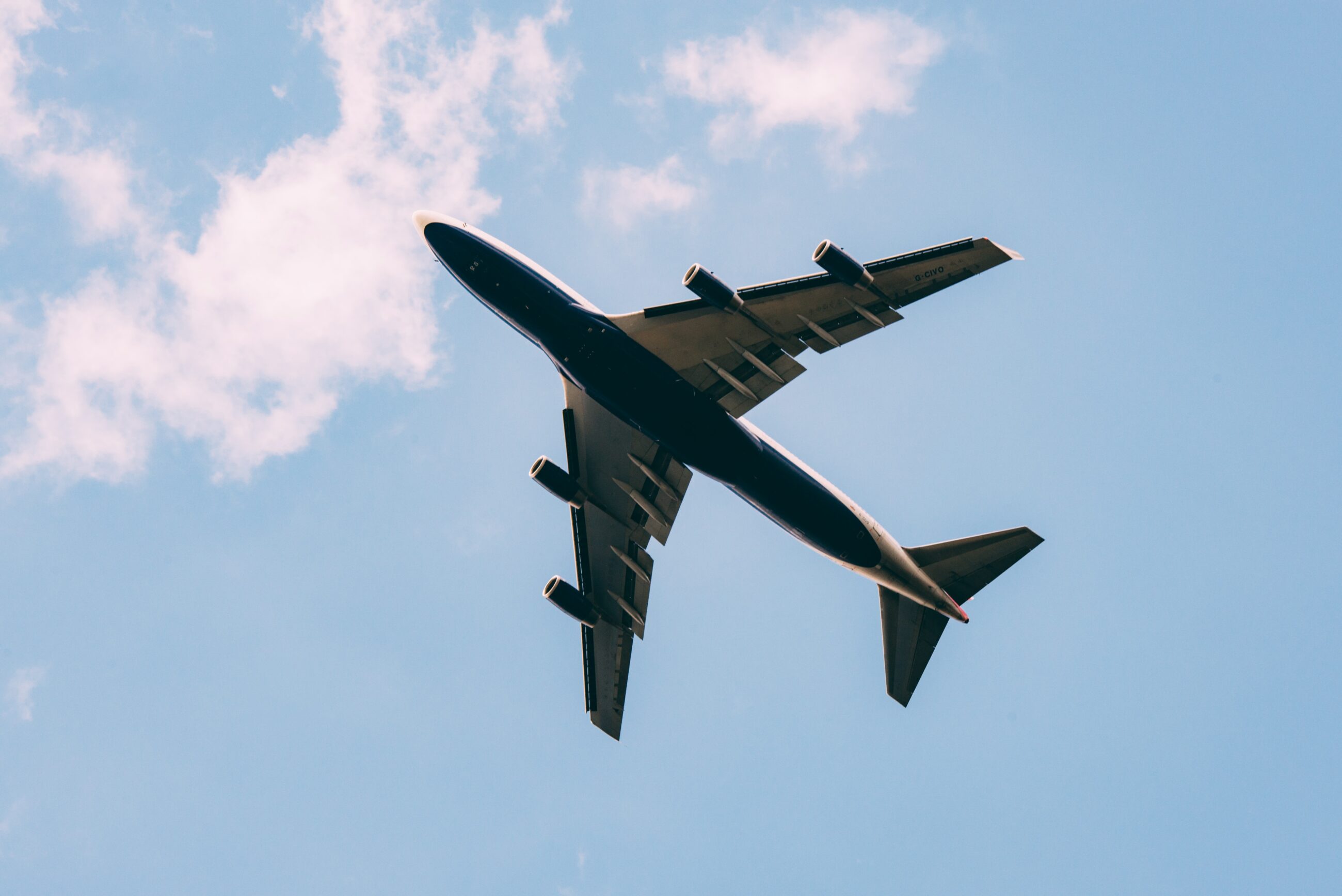

A Danish research team from the University of Southern Denmark (SDU) has published a preliminary report suggesting that it will be possible to produce sustainable green aviation fuel in Denmark based on CO2, hydrogen and the biogas emitted from manure, straw and food waste in the near future, writes Danish media Politiken.
The report has been prepared in collaboration between SDU, Nordic Initiative for Sustainable Aviation and the Danish consultancy firm NIRAS. A large number of external experts and actors across the energy sector has reviewed it, and the vast majority are positive about the conclusions.
"Our report shows that the technology for producing sustainable aviation fuel in Denmark and in the Nordics is available, which means that we can start the production in a few years. This will become a sustainable, attractive and quantitatively adequate solution at a global level," said Professor Henrik Wenzel, lead researcher of the report to Politiken.
-Related solution: Towards sustainable aviation
District heating is a huge benefit in the production of green fuels
The complicated process of producing green fuels is based, among other things, on access to abundant organic waste - for example from agriculture - and a sufficient district heating network. Both are found in Denmark. The report suggests to build a full-scale green aviation fuel plant in 2025, said Henrik Wenzel to Politiken, and continued:
“Denmark will be an economically competitive location because of our widespread district heating network and our already advanced renewable energy system. If it was up to us, we could start the production tomorrow, because we don't need money for research, and the technologies needed already exist or are under development.”
The concept behind the idea is that biogas from manure, straw, food waste or wastewater is added to hydrogen, which is obtained by splitting water into oxygen and hydrogen by so-called electrolysis.
The fuels that are produced are called electrofuels. These can be used as climate-friendly alternatives for e.g. heavy transport fuel and aviation fuel. At the same time, surplus heat is generated that can be used for industry or households.
-Related solution: Meet HEATman: Major commercial partnership boosts Danish district heating
Air traffic is a key emitter
Today, the aviation industry is one of the biggest CO2 emitters, as no safe way to reduce its greenhouse gas emissions has been found yet. Air traffic accounts for 2-3 per cent of all emissions globally. This share is set to multiply in the coming years, because air traffic is expected to at least double in the next 20 years alone, while most other industries are reducing their emissions.
With green fuels, the emissions per flight can be drastically reduced. However, it would increase prices for airfare. In practice, the fare for a plane trip would increase by 20-25 per cent, which is similar to the Danish airfares in 2013.
Sources:
Politiken (in Danish)
Ingeniøren (in Danish)
EnergiWatch (in Danish)
Photo credit: Jordan Sanchez
